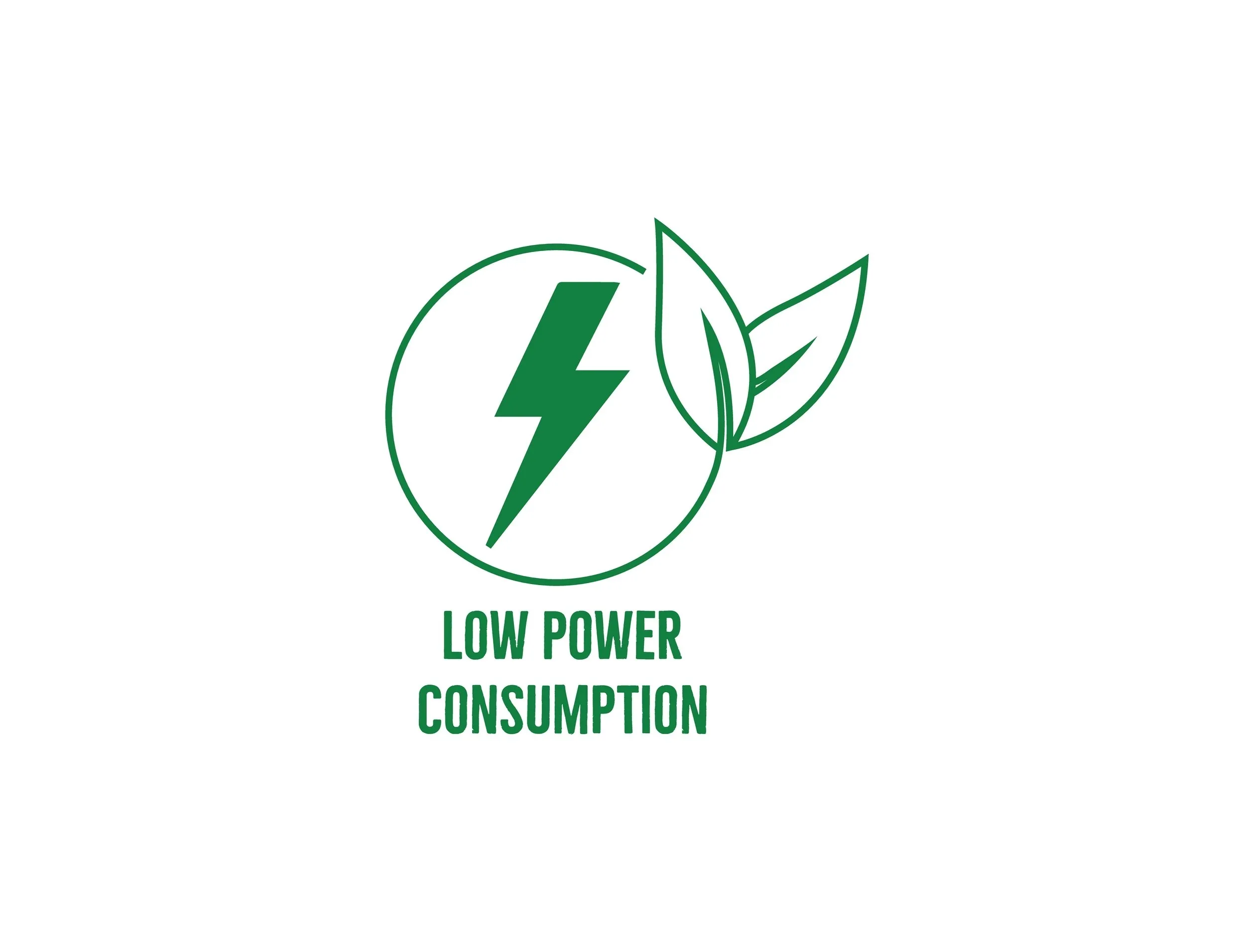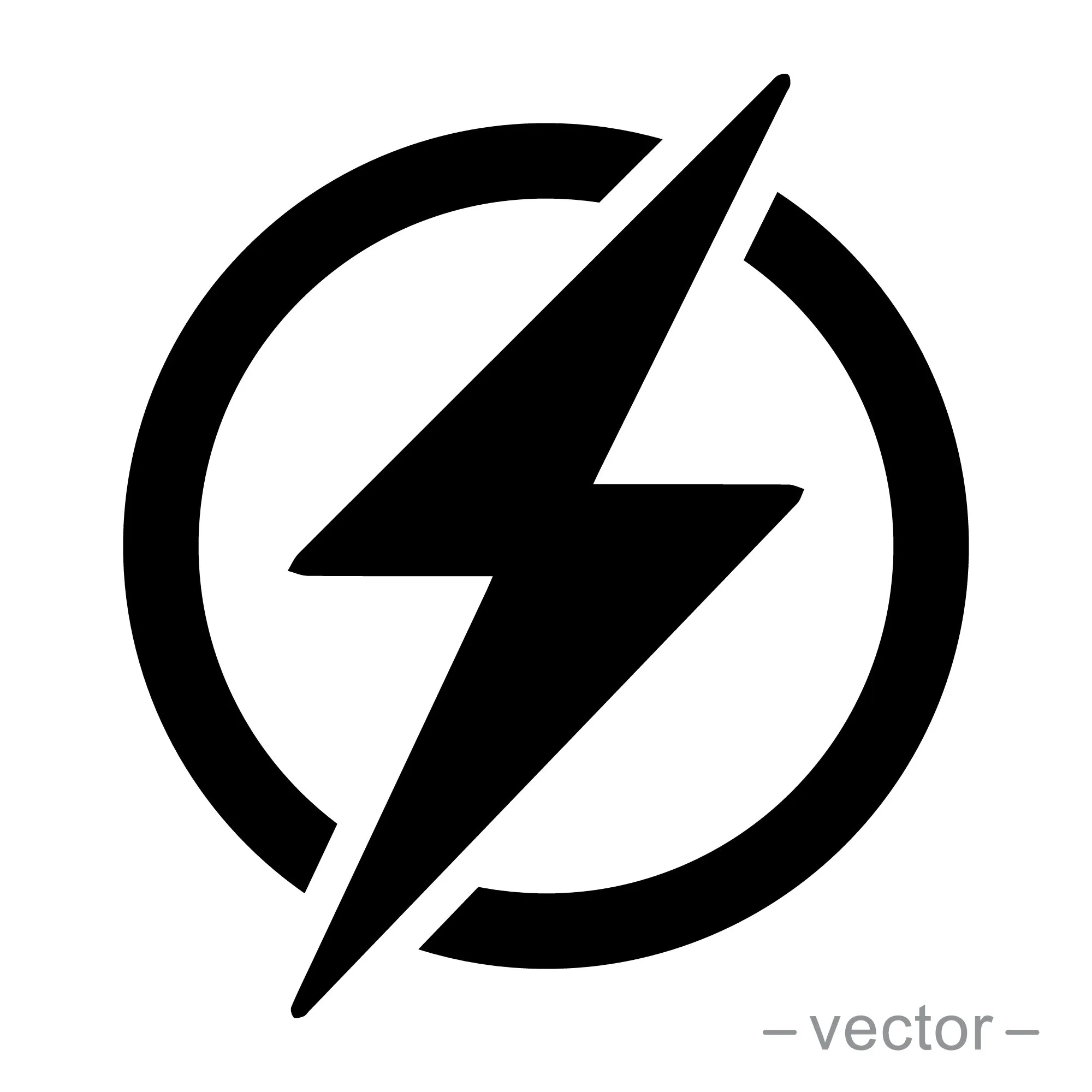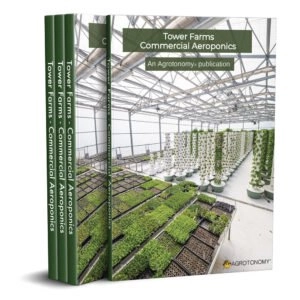Of course, like all indoor farms, an indoor strawberry farm is power-demanding. However, although the electrical output of an indoor strawberry farm seems high at first, contrary to general perception, it requires much less energy than growing strawberries outdoors and shipping the crops thousands of miles away. Conventional strawberry farming involves tractors, shipping trucks, delivery trucks, airplanes etc.
In Europe, during the off-season, strawberries travel on average 1000 to 2000 km (600 to 1200 miles), and in the US, we are talking about 2000 to 4000 km (1500 to 2500 miles).
Contrary to outdoor conventional strawberry farming and commercial strawberry farming in greenhouses, that are located far away from cities, most indoor strawberry farms are located within city limits, hence circumventing the shipping and distributing process.
Here is an average electrical output calculation for indoor strawberry farms powered 100% by LED lights and with a state-of-the-art HVAC system:
To calculate the total electrical output for a 200 m² indoor Tower Farm using aeroponic towers, we will break it down by different components: the pumps, lights, and HVAC system. Here’s the detailed average breakdown:

1. Aeroponic Tower Power Consumption:
Each of the 100 towers has a pump that consumes 45 W and runs for 4.8 hours per day.
Power per pump per day: 45 W × 4.8 hours/day = 216 kwH/day = 0.216 kWh/day
Total power for 100 towers per day: 0.216 kWh/day × 100 = 21.6 kWh/day

2. Lighting Power Consumption:
For indoor farming, LED grow lights are generally used. Let’s assume we need about 200 W of lighting per tower, which is typical for indoor farms. Lights typically run for 16 hours a day for optimal plant growth.
Power per tower for lighting per day: 200 W × 16 hours/day = 3.2 kWh/day
Total lighting power for 100 towers per day: 3.2 kWh/day × 100 = 320 kWh/day

3. HVAC Power Consumption:
To maintain a temperature between 16°C at night and 23-25°C during the day, an HVAC system will be essential. The power consumption of HVAC systems varies depending on insulation, heat load, and efficiency. For this calculation, we’ll assume a power requirement of 0.1 kWh/m²/hour for temperature control, which is typical for well-insulated indoor farms.
HVAC power per day: 0.1 kWh/m²/hour × 200 m² × 24 hours = 480 kWh/day

4. Total Daily Power Consumption:
Now, let’s sum up all the power consumption:
Pumps: 21.6 kWh/day
Lighting: 320 kWh/day
HVAC: 480 kWh/day
Total power consumption per day: 21.6 kWh/day + 320 kWh/day + 480 kWh/day = 821.6 kWh/day
5. Monthly and Yearly Power Consumption:
Monthly power consumption: 821.6 kWh/day × 30 = 24,648 kWh/month
Yearly power consumption: 821.6 kWh/day × 365 = 299,884 kWh/year
Conclusion:
The total daily power consumption for the 200 m² indoor Tower Farm is 821.6 kWh/day. This includes:
– 21.6 kWh/day for the pumps,
– 320 kWh/day for the lighting, and
– 480 kWh/day for the HVAC system.
This results in approximately 24,648 kWh/month or 299,884 kWh/year.
We advise you to read the following articles published in our blog relating to strawberry farming indoors:
Indoor Strawberry Vertical Farms
Hydroponic Strawberry Farming Indoors
Hydroponic Strawberry Cultivation System
Growing Day-Neutral Strawberries Hydroponically
Growing Everbearing Strawberry on Hydroponic Towers
Growing June-Bearing Strawberries Hydroponically








